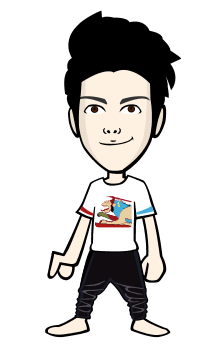The Australian Cattle Dog is an extremely intelligent, active, and sturdy dog breed. Developed by Australian settlers to handle herds of cattle on expansive ranches, he's still used today as a herding dog. He thrives on having a job to do and on being part of all family activities. He is loyal and protective of his family, though wary of outsiders. Besides herding work, the Australian Cattle dog does well at canine sports, including agility, obedience, rally, flyball, and flying disc competitions.

Vital Stats:
Dog Breed Group: Herding Dogs
Height: 1 foot, 5 inches to 1 foot, 8 inches tall at the shoulder
Weight: 30 to 50 pounds
Life Span: 12 to 15 years
Size
Males stand 18 to 20 inches tall, and females stand 17 to 19 inches tall. Weight ranges from 30 to 50 pounds.
Personality
The Australian Cattle Dog is an extremely active dog who needs constant mental and physical activity. If he's bored or lonely, he can be destructive. He's apt to chew and tear up items he shouldn't. If you choose to live with an Australian Cattle Dog, be prepared to keep him busy — and tired. If he's tired, he's less likely to get himself into trouble.
The Australian Cattle Dog is protective of what he considers his territory, and he'll defend it. He's also reserved (not necessarily unfriendly) with strangers. But he's devoted to his owner and family. Once he bonds, he likes to go wherever his owner goes; in fact, punishment to the Australian Cattle Dog is physical separation from those he loves.
He's smart, but at times he can be willful and stubborn. Consistent, positive training helps control his independent streak.
Temperament is affected by a number of factors, including heredity, training, and socialization. Puppies with nice temperaments are curious and playful, willing to approach people and be held by them. Choose the middle-of-the-road puppy, not the one who's beating up his littermates or the one who's hiding in the corner. Always meet at least one of the parents — usually the mother is the one who's available — to ensure that they have nice temperaments that you're comfortable with. Meeting siblings or other relatives of the parents is also helpful for evaluating what a puppy will be like when he grows up.
Like every dog, the Australian Cattle Dog needs early socialization — exposure to many different people, sights, sounds, and experiences — when they're young. Socialization helps ensure that your Australian Cattle Dog puppy grows up to be a well-rounded dog. Enrolling him in a puppy kindergarten class is a great start. Inviting visitors over regularly, and taking him to busy parks, stores that allow dogs, and on leisurely strolls to meet neighbors will also help him polish his social skills.
Feeding
Recommended daily amount: 1.5 to 2.5 cups of high-quality dry food a day, divided into two meals.
NOTE: How much your adult dog eats depends on his size, age, build, metabolism, and activity level. Dogs are individuals, just like people, and they don't all need the same amount of food. It almost goes without saying that a highly active dog will need more than a couch potato dog. The quality of dog food you buy also makes a difference — the better the dog food, the further it will go toward nourishing your dog and the less of it you'll need to shake into your dog's bowl.
Keep your Australian Cattle Dog in good shape by measuring his food and feeding him twice a day rather than leaving food out all the time. If you're unsure whether he's overweight, give him the eye test and the hands-on test. First, look down at him. You should be able to see a waist. Then place your hands on his back, thumbs along the spine, with the fingers spread downward. You should be able to feel but not see his ribs without having to press hard. If you can't, he needs less food and more exercise.
For more on feeding your Australian Cattle Dog, see our guidelines for buying the right food, feeding your puppy, and feeding your adult dog.



